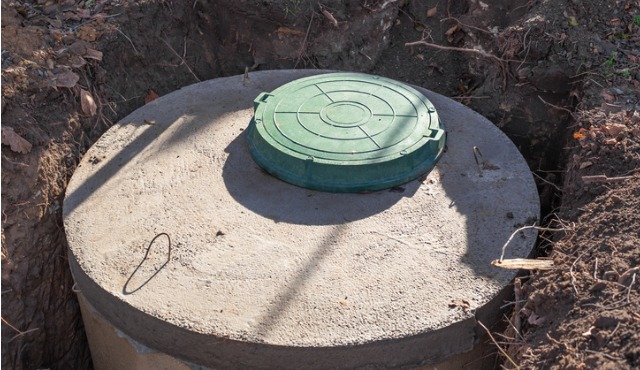By Kara Masterson
Installing a well on your property is an excellent way to increase your property's value, especially if you live in a more rural area. Not only can a well be used for drinking water, but it can also be a valuable backup should public water fail for any reason. Below are some steps necessary if you decide to install a well on your property:
Get the Necessary Permits
It's critical that you acquire the proper permits before installing a well on your property. You'll need to check with your local government or governing agency for this information. Also, you may have to pay a permit fee in some cases, which is just part of the expense.
Pick the Best Site
You'll need to come up with a spot on your land where you will install your new well. Choose a location that's relatively close to your home, that way the house will be close to the main water sources on your land; this is where it needs to be for the best performance. You'll also want to pick an area with good drainage, so avoid low-lying spots on your property.
Dig a Deep Enough Hole
You will need to dig a hole for the well, about five feet in diameter. Make sure that you have room around your site so that well drilling equipment will be able to do their job. Digging this large hole may sound daunting, but it's not nearly as hard as some people think, especially with the power tools and drilling equipment available today.
Install a Pump
Your well won't do you any good with no water in it so you'll need to install a pump. You may want to use a few different kinds of pumps in your new well. You can use a submersible pump, which is the most common kind, or a jet pump which is installed above ground.
You may also want to consider installing a hand pump instead of an electrical one in your well. This can be very beneficial for providing water on days when you lose electricity provided to your home for any reason. It's wise to have a backup if the power goes out and you need fresh drinking water.
Install a Filter
Installing a filter in your new well will help get rid of any rust, dirt and sediment in the water from your well. You may have been able to remove this from your water at another time, but as it stands now, you'll want to have a filter installed as soon as your well is installed.
After following these steps, you should have a new well up and running for you to enjoy. You can now have fresh, clean water for your home without worrying about the costs that come with using water from a public source. With a little hard work, or with the help of a profession well driller, you could be using your well right away!
 Kara Masterson is a freelance writer from Utah. She enjoys playing tennis and spending time with her family. If you are looking for a professional well driller, Masterson recommends contacting Beeman Drilling.
Kara Masterson is a freelance writer from Utah. She enjoys playing tennis and spending time with her family. If you are looking for a professional well driller, Masterson recommends contacting Beeman Drilling.








